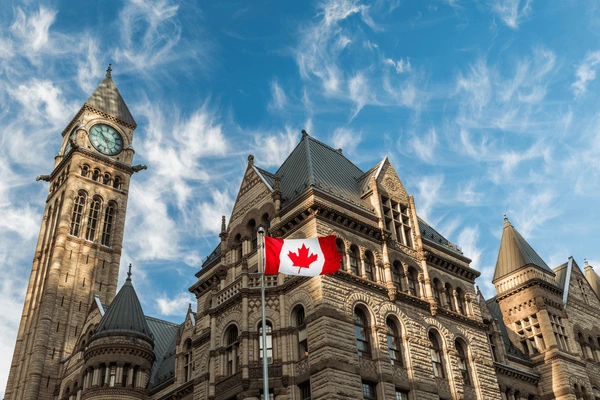Canada has long been a top destination for Indian students, offering world-class education, a welcoming environment, and immigration-friendly policies that paved smooth paths toward work and permanent residency. But recent developments have altered that landscape significantly, leaving many prospective students uncertain about their future.
In a surprising policy move, the Canadian government has implemented a 31% reduction in the number of study permits issued to Indian students. This shift has raised widespread concern, particularly among those aiming to study in popular programs such as business, engineering, and technology. The sudden nature of this change has led to questions about what prompted such a major decision and how students can best adapt.
What’s Driving the Visa Crackdown?
For years, Canada has welcomed thousands of Indian students each year, valuing their contribution to the country’s academic institutions, workforce, and society. However, this policy tightening seems to be driven by growing concerns over infrastructure strain, housing shortages, and the need to maintain the integrity of Canada’s immigration and labor systems.
Officials appear to be shifting focus from sheer numbers to the quality and long-term impact of international students. This means stricter documentation requirements, longer processing times, and potentially higher rejection rates making the Canadian student visa process more competitive and selective.
Ripple Effects on Indian Students and Institutions
The immediate impact of this policy change is already being felt. Some Canadian colleges and universities have reported a noticeable drop in applications and admissions from Indian students. Fields like IT, business, and engineering long considered gateways to career opportunities in Canada are particularly affected.
For Indian students, Canada has not just been a study destination, but a launching pad for professional and personal growth. Now, with tougher visa rules, students are finding themselves reevaluating plans and exploring other options.
Looking at Alternatives: Where Else Can Students Go?
With Canada tightening its borders, many students are being advised to broaden their horizons. Countries like Australia, the UK, and the US still offer attractive educational programs and relatively more accessible visa procedures. Additionally, experts suggest looking into specific Canadian provinces that offer tailored immigration pilot programs or regional quotas that may provide more flexibility for international students.
How to Strengthen Your Application in the New Landscape
While the overall number of permits has decreased, it doesn’t mean all doors are closed. What it does mean is that students must now be more strategic and well-prepared. This includes:
Applicants who present a compelling case are more likely to secure approvals, even amid these new challenges.
Is This a Temporary Setback or the New Normal?
At this point, it’s unclear whether these new visa policies are short-term corrections or long-term shifts. Government officials have indicated that they are focused on managing housing, labor, and infrastructure concerns while also ensuring that international education remains beneficial to both students and Canadian society.
However, given the evolving nature of global migration and education trends, changes like these may become more frequent. It’s important for students to stay informed, remain flexible, and seek professional guidance when navigating complex immigration processes.
A Wake-Up Call for Aspiring International Students
This unexpected shift in Canada’s visa policy serves as a reminder: international education is not just about choosing a country and a college, it’s about being ready for the unpredictable. For Indian students, it means paying closer attention to immigration trends, building stronger applications, and remaining open to alternative pathways.
While Canada continues to offer excellent opportunities, gaining entry is now more competitive. The key is preparation, agility, and resilience in the face of shifting global dynamics.
Timely Visa Updates, One Tap Away – VisaBud



